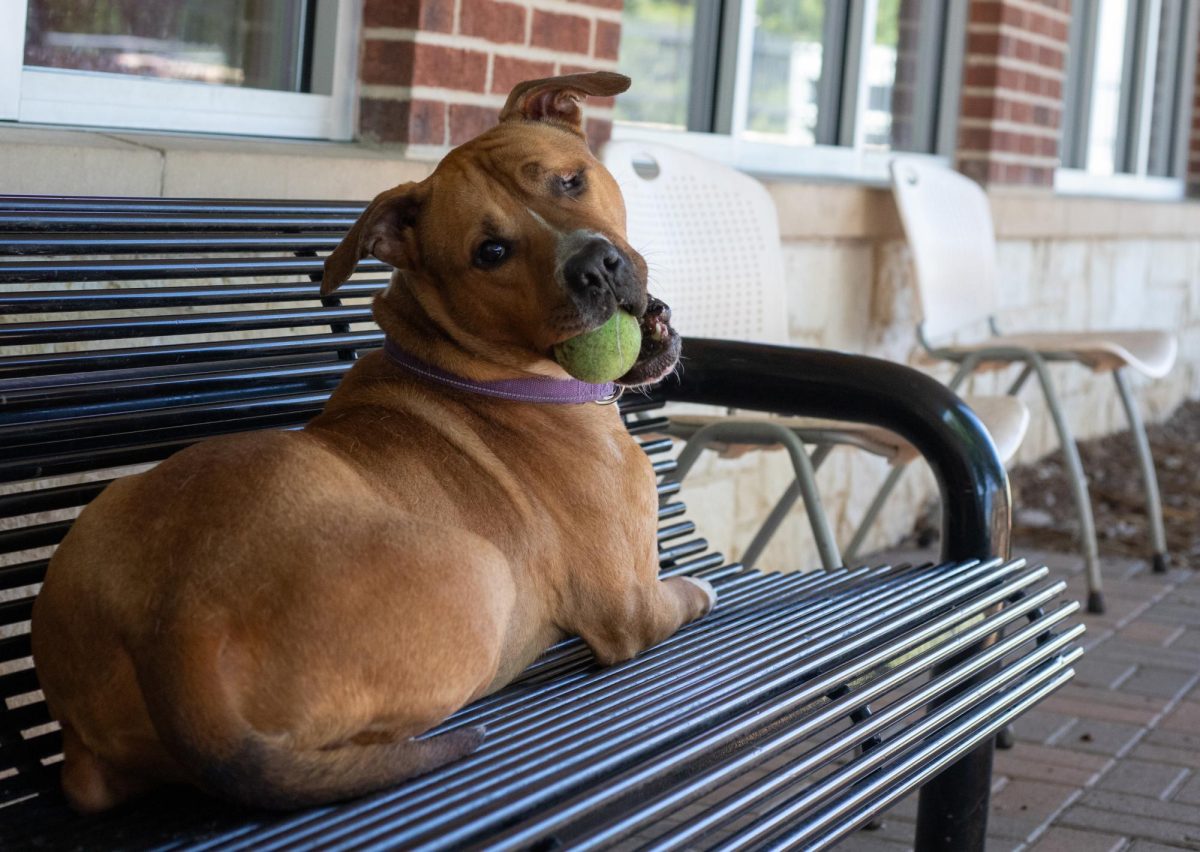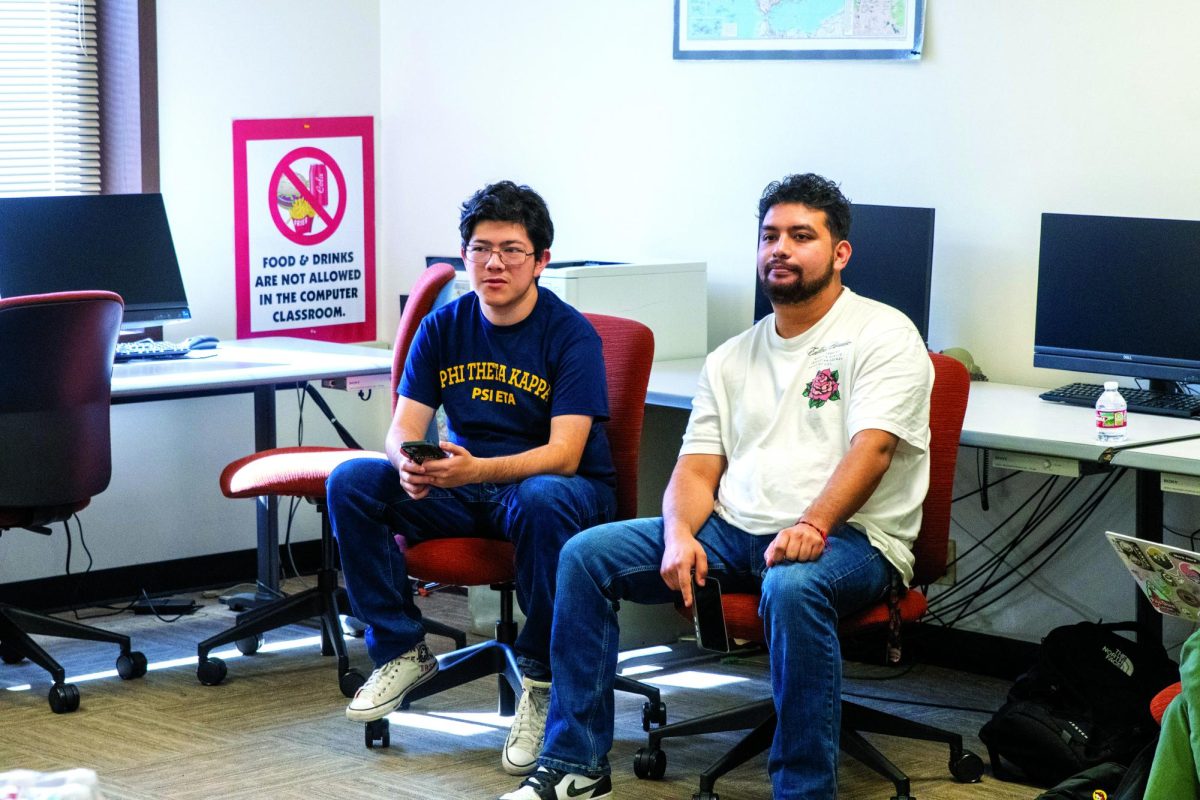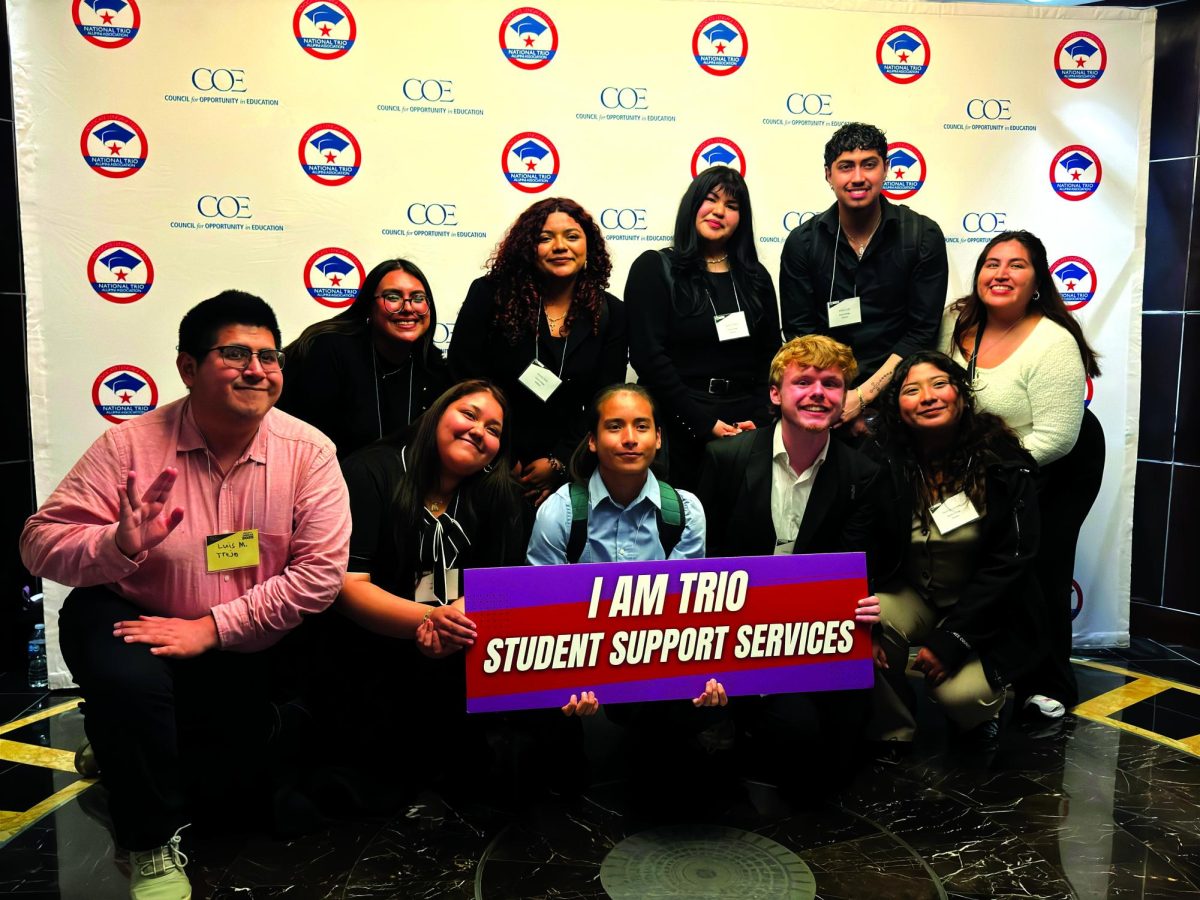Deadlines have been set for animals to leave – either by adoption or euthanasia.
The Mesquite Animal Shelter is over capacity with more dogs coming in by the day. Barking can be heard from the lobby door, and from inside the fully occupied kennel, the noise is deafening.
There are currently 54 dogs split between both bays, each one locked 24/7 in a 3-by-6-foot concrete echo chamber. Even more pups in crates line the halls.
“We’ve all been overcrowded since people started going back to work after COVID,” Animal Services Manager Hugo Espinoza said.
Espinoza attributes the initial incline in strays and surrenders to high adoption rates while everyone was stuck at home in 2020. Once life resumed, people no longer had the same free time for their pets. There is still a high return rate for adoptions due to owners’ unrealistic expectations.
“People don’t understand that there’s acclimation periods,” he said. “People go home with the expectation of, ‘I got a dog this weekend, by Monday it should be good to go.’”
Espinoza explained the 3-3-3 Rule for dogs: It takes about three days to calm down, three weeks to get used to the house and schedule and three months to feel at home.
Mesquite isn’t the only area with an overcrowding issue. Dallas Animal Services is over capacity and took in 112 dogs in a single day on April 27.
Putting dogs in good homes is the goal, but with numbers like these, it becomes more difficult to vet every potential adopter.
“We could just adopt everything that comes in; let’s just give it to them and skip this adoption fee and we provide everything, but that’s not our goal,” Espinoza said. “Our goal is to find homes for dogs that are going to stay there. We don’t want to promote something just to get an animal out and make space.”
Construction for a new addition to the shelter is currently underway. The plan includes more space for dogs and cats, as well as more yard space for them to run around in. At this time there is no estimated completion date.
To look into adoption, go to the shelter and spend some time with the dogs. Espinoza suggests bringing family pets along to test their compatibility and asking plenty of questions. There’s a full list of all the animals in the shelter online at cityofmesquite.com/3706/Animals-In-Shelter.
If adoption isn’t an option, there are other ways to help. Networking and sharing animal bios on social media increases visibility for the shelter. There’s also always a need for more volunteers to walk dogs and give them time outside.
Of the more than 60 dogs at Mesquite, most only get out once a week for about 20-30 minutes. It’s not uncommon for the bigger dogs to not get walked at all, when they’re the ones with the most energy to burn.
Constant confinement with minimal human interaction is detrimental to a dog’s mental state, and the worse they get, the less likely they are to be picked for adoption.









